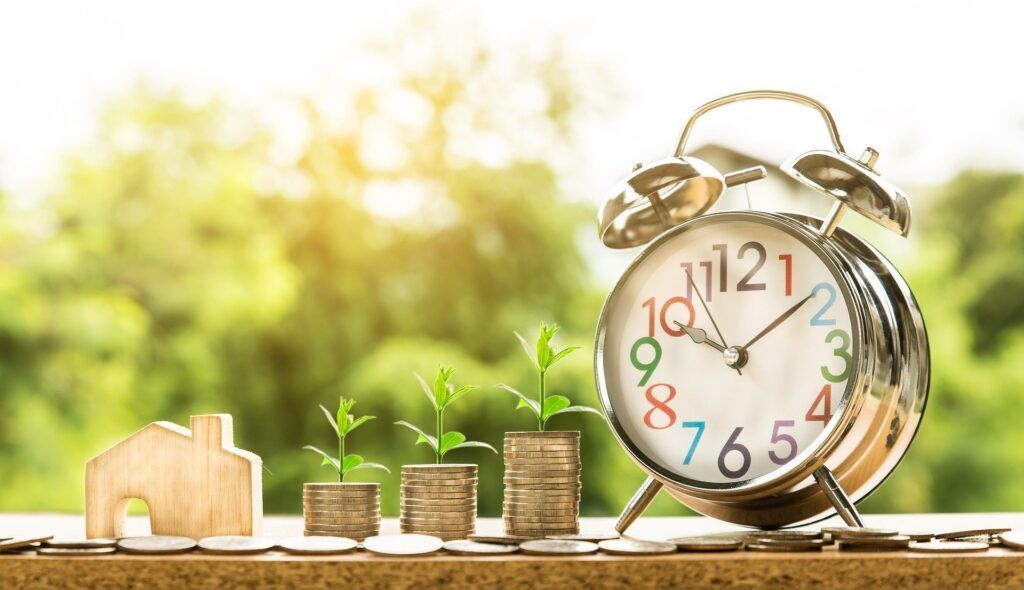Should I Buy or Wait? A Closer Look at the “Post”-Pandemic Market

If there’s one thing that most people — investors and non-investors alike — agree on, it’s that no one saw the pandemic of 2020 coming.
Since then, we’ve seen a lot of ups and downs in the world…in the real estate market, though, it’s been mostly “up.” This is good news for those who simply want to sell. It’s a bit trickier if you’re an investor.
The million-dollar question everyone is Googling right now is: “What’s going to happen to the real estate market?”
Tied to that is the question of: “Should I buy now or wait?”
Unfortunately, I do not happen to own a Magic 8-Ball (if that changes, though, I will be sure to let you know). What I am able to offer you are some possible scenarios, tied to several key factors.
These key factors are:
Interest rates
Forbearance/foreclosures of mortgages and homes
Supply and prices of lumber and other goods
Comfort level of sellers
Note: these are not the only factors involved — just the ones that I find are the most relevant. The topic of the pandemic and how it has affected the economy is obviously both broad and disputed.
Let’s take a look at each of these and see what the possible scenarios are. In some scenarios, buying now may be a better choice, while the smarter idea may be to wait in other scenarios.
It’s hard to say for sure which scenario is more likely, but knowing what the possibilities are will help you to look for the signs and be ready to make a move either way.
Interest rates
This has been one of the biggest drivers for rising demand in the real estate market. Who wouldn’t want to lock in a 15 or 30-year-loan at less than 3%?
If rates continue to stay low for a good while, there isn’t necessarily a reason to rush. On the other hand, if inflation continues to grow, we might see rates go back up before too long.
Does that mean you should try to “lock in” a loan with a low interest rate now, before it’s “too late”?
If you’re talking about a fixed-rate mortgage and you are able to find something within your price range, that may indeed be a good move. The trickiest part here is finding something within your price range, especially since the continual demand for properties has driven prices upwards to the point that a property in today’s market with a lower interest rate does not always mean a better “deal.”
Also, if you go with an adjustable-rate loan there is always the risk of being hurt by rising interest rates later. So while lower interest rates are a good thing in and of themselves, a good deal of homework should still be involved with any acquisition you make.
Forbearance/foreclosures of mortgages and homes
When COVID hit, many homeowners were given forbearance to pay their mortgage to prevent mass foreclosures from happening and causing another recession.
Some of the thinking with this was: once the economy “reopens”, people will be able to go back to paying their mortgages.
Will that be the case once the moratoriums are lifted nationwide in a couple of months from now, or will homeowners still be empty-handed and forced to foreclose? Certainly, there will be cases of both, but which situation will be the majority?
If the latter, then we can expect to see a sudden influx of homes on the market when that happens. However, depending on how high demand continues to stay (or even rise), we may not necessarily see much of a drop in home prices. (Also, it will depend on where those interest rates are at).
Supply and prices of lumber and other goods
The sky-high price of lumber was one of the most bizarre consequences of the pandemic, and yet in hindsight, it does make sense.
Homeowners with time and stimulus money on their hands decided to do home improvement projects — including expansion. Meanwhile, demand for houses also meant a demand for the materials for building houses.
Part of what was so crazy was just how high the lumber prices went.
A similar situation is happening with other materials and appliances needed for construction. Builders are struggling to finish their projects on time, and the delays are adding to the problem of low inventory.
Surely these shortages have to end sometime, right? Of course, but as always, the question is when.
My best guess is that we’ll see things settle quite a bit within the next twelve months or so as suppliers get a better handle on stocking items and adjusting to demand, while demand itself may drop a bit during the cooler months when construction is more difficult in the colder parts of the country.
Comfort level of sellers
During the peak of the pandemic and ever since then, many sellers have been hesitant to put their homes on the market. Part of this is due to fear they won’t be able to find an affordable deal somewhere else, but part of it is also fear related to COVID — specifically, engaging in social interactions with buyers and other people involved in the selling process.
Keep in mind, too, that plenty of older people who may have planned to move into a retirement community also put those plans on hold once the pandemic hit.
Now that things are continuing to revert back to normal there’s a likelihood that at least some of these individuals will be ready to downsize or otherwise move on and sell their homes, adding to the supply.
One More Consideration …
One other thing I should add:
Each geographical location has its own “micro-economy.” The housing market in Detroit right now is different from the one in Austin, to take an obvious example.
Whether it makes more sense to buy or wait depends on location as well as the other things we’ve mentioned.
While real estate value goes up over time, generally speaking, there are some locations where that is far truer than in others. Even though the current housing market situation we are witnessing applies to the country, generally speaking, you still need to do your homework when it comes to geographic considerations.
In particular, take stock of the economy of the area you are looking to buy in. Has there been a lot of recent growth? Is further growth sustainable? Are more people coming into the area than leaving? These are all helpful indicators.
Conclusion
All of the factors I’ve mentioned will happen in some form, sooner or later. The big unknown here is when, and to what extent.
Will interest rates rise enough to dampen buyers’ demands within the next couple of years? How much will moratoriums and evacuations add to supply? How many people who currently own will feel comfortable enough to sell in the next few months or years?
Because we don’t have a Magic 8-Ball to hand us the answer, the smartest thing — in my opinion — is to wait a bit and see. That doesn’t mean you should not buy in the meantime. By all means, if you find something within your budget that has the potential for positive cash flow then buy.
But fear of a “worst-case scenario” should not be your driving motivator to make a decision. Right now the dust is still settling and it’s hard to see in which direction yet all the pieces will fall. While it can be hard to be patient, now may be a better time than ever to put those patience skills to use.
Do your due diligence, keep an eye on changes in the market, have a positive attitude, and you will find the right deal for you, at the right time.



